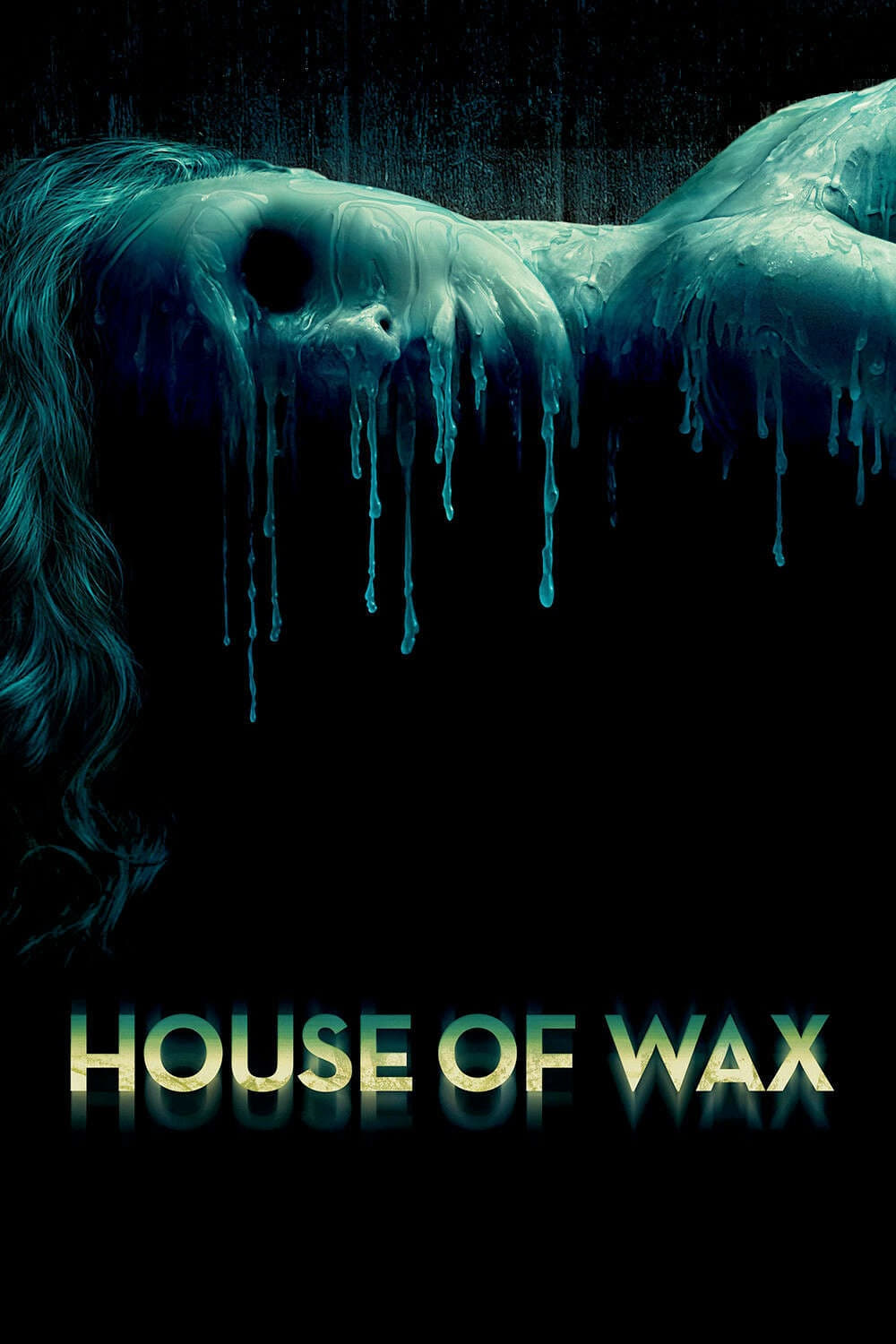
A group of unwitting teens are stranded near a strange wax museum and soon must fight to survive and keep from becoming the next exhibit.
27 Nov House of Wax (2005)
Melted Me
A good movie may be like anything else: long periods of ordinariness with a few memorable bits. We tend to recall and savour only those memorable bits.
For me, that was this movie. Yes, it was ordinary: hokey, stupid, bad acting and such. Yes, the very idea of this genre puts the viewer with the wrestling and trailerpark crowd.
But consider a few intelligent things starting with the ending. The thing ends with the whole museum melting. Even if you cannot enjoy this the other ways we’ll mention, this last scene is great. It is original and well done. Very clever camera placement.
Usually, when you have a lot of special effects in a scene, it will involve many creative teams, perhaps distributed throughout the planet. So what happens is all the creative staging and camera movement is abandoned just so that all the parts can hang together.
Whoever was in charge of this last scene was better than average. The camera doesn’t move much, making things simpler. But there are lots of good shots of the building. Making movies where the building is a character is pretty rare. It happens that there are only a few known ways to be clever with a camera and a building. Most of these come from Orson Welles and Sacha Verny. Nearly all are quoted here. Someone studied up.
But there are other, more intellectual pleasures as well.
There’s the “explanation” involving cojoined birth. Ho hum, but a great reference later in the movie with a knife that cuts through wax figures of two babies.
There are the Baby Jane, road terror and Chain Saw references. Competent, but we already expect this.
What melted me was the whole notion of self reference, what I call folding. This is rampant in Hollywood now. At it simplest — as here — the movies contain deep references to the overlaps of performing and reality.
In the originals, it was simple: actors inhabiting characters shown as humans within wax figures for dramatic display. Viewers (normally safe) become captured in the horror. This was the original intent of folding, to subtly imply that the viewers cannot escape capture by what they see on the screen.
This version goes much further. We have our hapless six viewers of course. (They are en route to a “show.”) But we also have a whole town captured, shades of pod people. The scope is wider, all arranged in a church as a theatre.
More. The characters are “waxen,” but so is the edifice that contains them. The whole thing is framed as a reference to “Phantom of the Opera,” the movie itself which was a sort of modern collection of all the cinematic architectural tricks we know. There’s the falling chandelier, the half mask, the hidden manipulation of performance, the hidden depths, the final destruction of the playhouse. All here, all copied in substance as well as form.
The final touch, the one that told me there were some consummate writers aboard, was the video camera thing. We have the video camera introduced early. Since Blair Witch, we know that such a thing is there for a reason, a reason we probably will not discover until the final seconds. That notion of using a whole movie to prepare for the final seconds is a Blair notion.
The video camera is saved. We know it contains a surprise for the newly escaped kids.
Don‘t let the cheesy hillbilly slasher wrapping ruin this for you.
Posted in 2005
Ted’s Evaluation — 2 of 3: Has some interesting elements.


No Comments